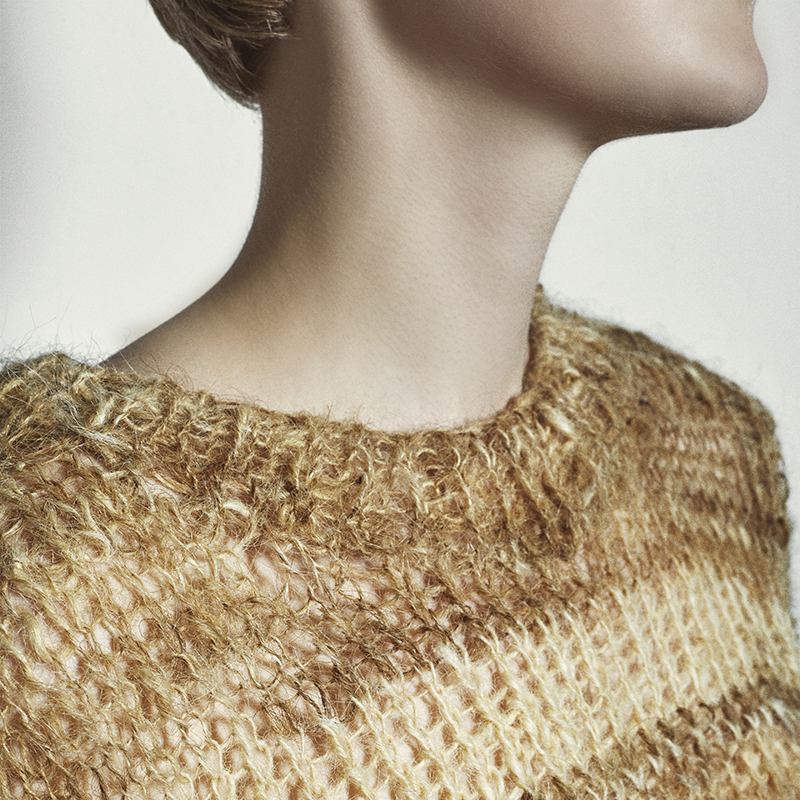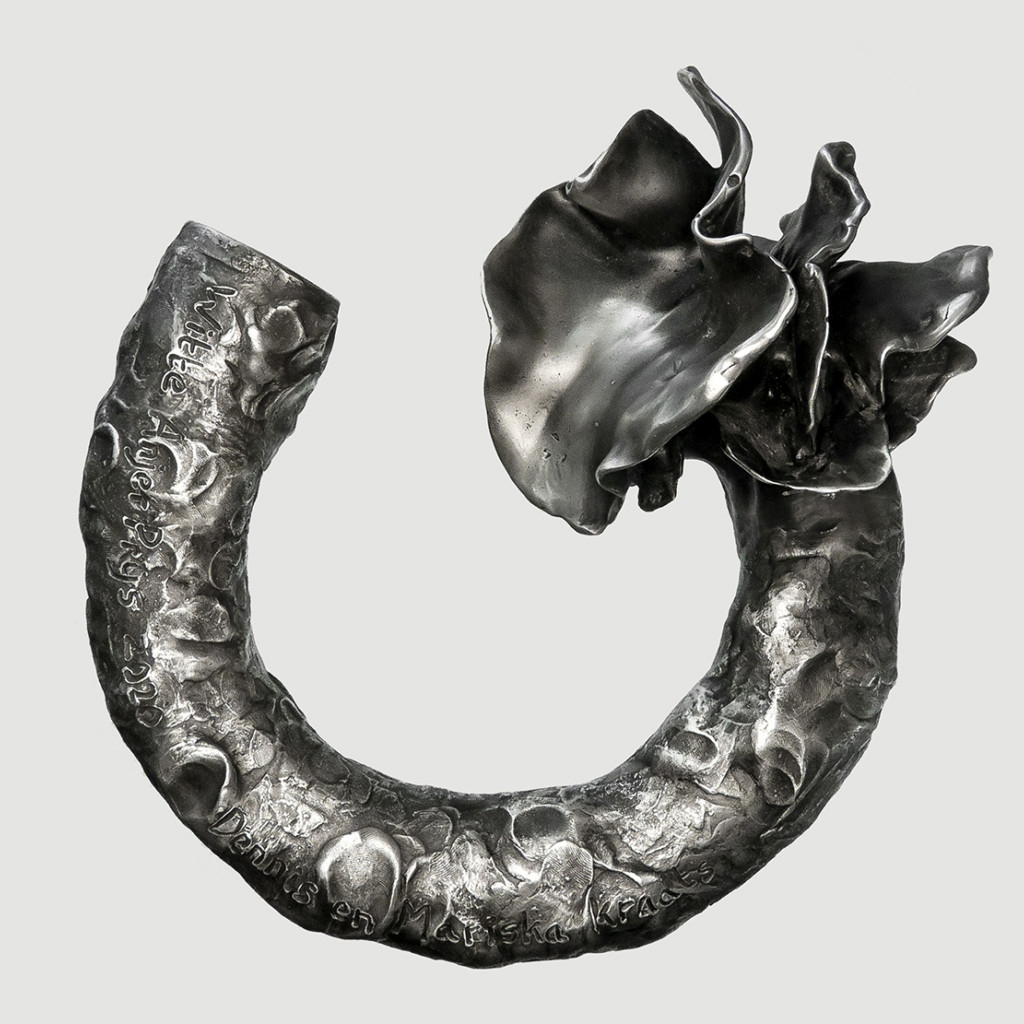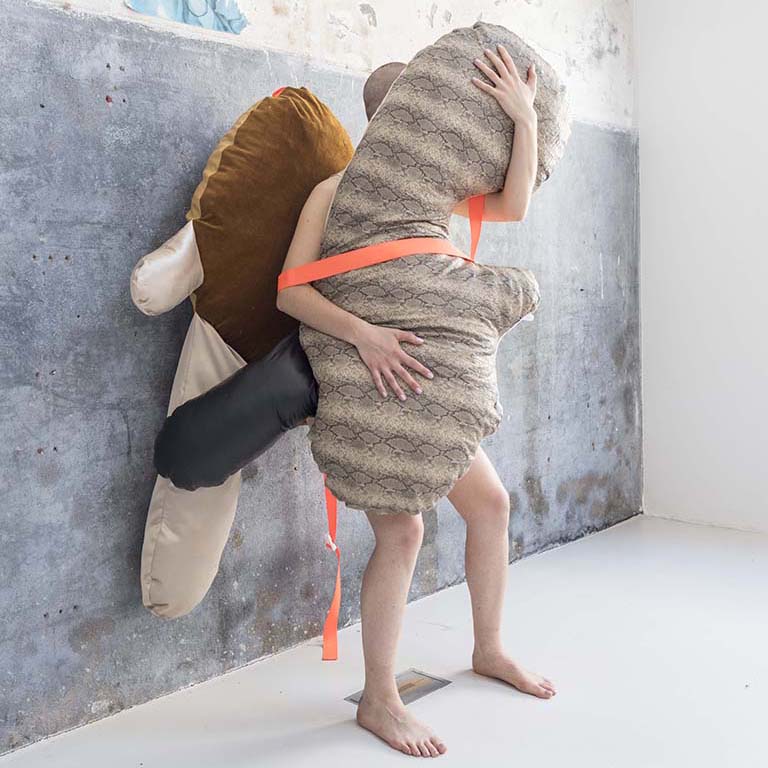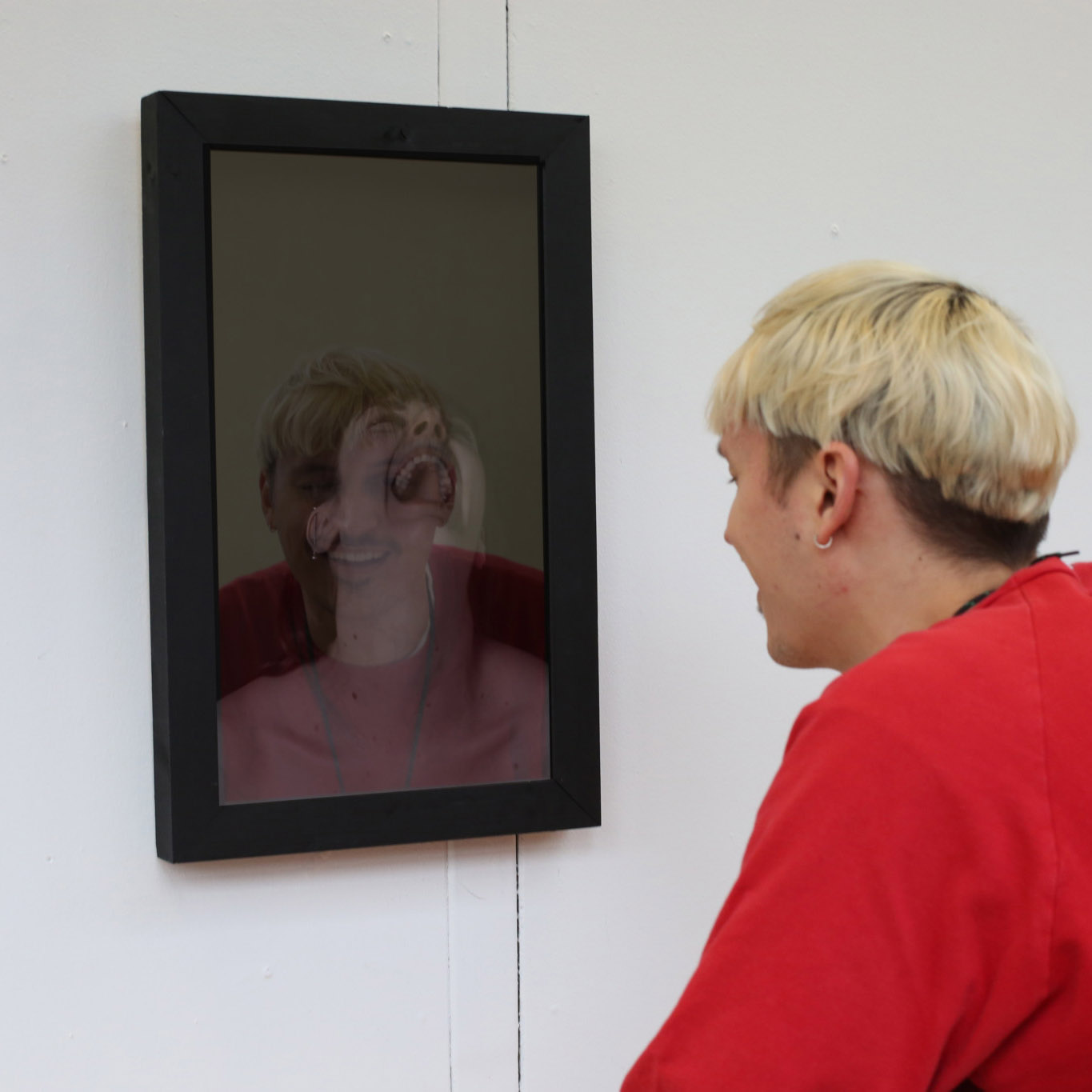Sometimes the truth is stranger than fiction

Object-Oriented Identity: Cultural Belongings from our Recent Past soon available via Art Paper Editions
or follow @objectidentity
We are no longer the sum of our actions, but the sum of our objects.

Integrating waste human hair into a closed-loop recycling system and developing high-performance textile.
With a mission to create a true textile revolution and to show that people are not above but equal to the ecosystem.

Witte Anjer Award has been introduced to honor and thank the people who play an important role in the lives of veterans: before, during, or after their mission.
Nothing can be achieved without the support of each other and our communities.

Killing you softly is a reflection of our consumer culture. On a culture, which while comforting our needs, softly destroys us.
Products of the capitalist system – the extensions of the self.
How can we place value on our ever-changing beauty? The more you hold the object the more it melts and deforms. Can our self-obsession deform and eventually vanish a physical object?
How long can we hold our reflection?


The way you look and behave is constantly observed by the people around you. Even in your most intimate moments, your own behavior is influenced by your experience of being watched by others.
You are constantly criticized.
Sometimes the truth is stranger than fiction

Object-Oriented Identity: Cultural Belongings from our Recent Past soon available via Art Paper Editions
or follow @objectidentity
We are no longer the sum of our actions, but the sum of our objects.

Integrating waste human hair into a closed-loop recycling system and developing high-performance textile.
With a mission to create a true textile revolution and to show that people are not above but equal to the ecosystem.

Witte Anjer Award has been introduced to honor and thank the people who play an important role in the lives of veterans.

Killing you softly is a reflection of our consumer culture. On a culture, which while comforting our needs, softly destroys us.
Products of the capitalist system – the extensions of the self.

The more you hold the object the more it melts and deforms. Can our self-obsession deform and eventually vanish a physical object?
How long can we hold our reflection?

The way you look and behave is constantly observed by the people around you. Even in your most intimate moments, your own behavior is influenced by your experience of being watched by others.
You are constantly criticized.
Zsofia Kollar – Sometimes the truth is stranger than fiction.

